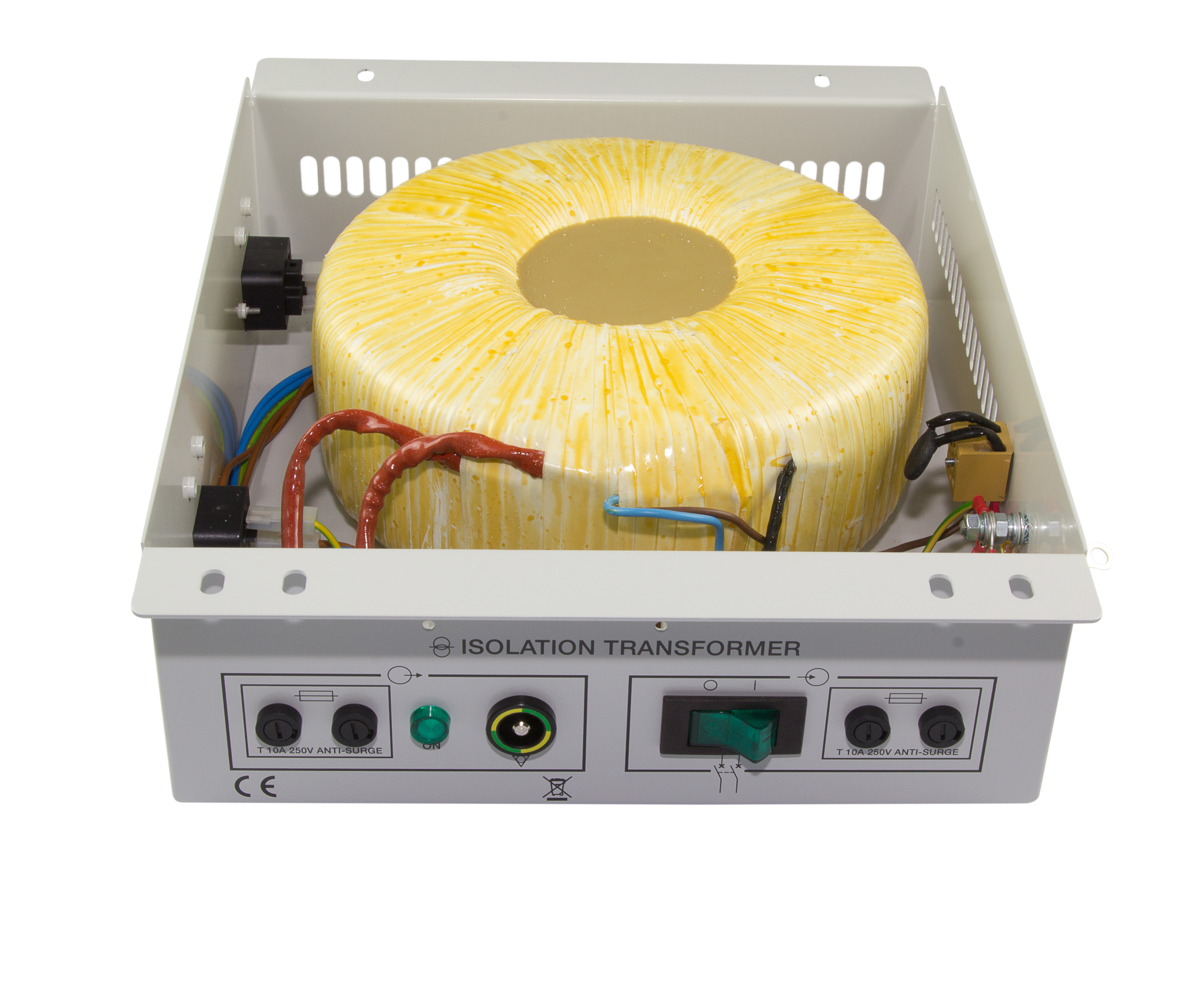Designing systems for medical environments
Power supplies for medical systems have a particular set of constraints to meet patient and operator safety in extreme environments, says Richard Thrussell, SIGA Electronics
Power supplies for medical systems not only need to meet all the efficiency and safety standards imposed on other electrical appliances, but also need to conform to additional requirements and standards in light of the environment in which they are used and the particularly delicate tasks that they are often called upon to perform.
There is a huge range of medical systems that require power, from defibrillators and patient connected instruments to workstations hosting multiple instruments. In all cases, patient safety is paramount, although other characteristics of the healthcare environment also apply, such as dependability and extended lifecycle of components.
While it is tempting to assume that equipment designed for industrial use might be equal to medical tasks, this is far from the case. The risks are very different.
One issue is that many electronic devices used in hospitals operate with very low signal levels. Patient monitors for example, are highly sensitive to electromagnetic interference (EMI). As well as direct impact on patient well-being and safety, there are the additional considerations and therefore careful design of the wound components is required
Safety standards
Understandably, this means there are stringent safety standards to adhere to — such as the IEC/EN 60601-1 series of standards that apply to the performance and safety of medical electrical equipment. Power supplies are the core component to ensure that the electronic systems operate safely and correctly. This presents particular design issues that are more stringent than those of other commercial applications.
In general, medical equipment requires reinforced or double insulation to meet low leakage requirements. Input and output circuits must be reliably isolated to reduce the risk of shock or failure, and additional protection is usually required to protect the transformers from overheating under overload conditions.
Isolation transformers
Isolation Transformers (Figure 1) provide galvanic isolation between two (or more) windings, called the primary and secondary winding. Galvanic isolation also provides a level of protection to the secondary circuits against problems such as spikes and noise on the mains supply on the primary.
 Figure 1:Isolation transformers provide galvanic Isolation between two (or more) windings
Figure 1:Isolation transformers provide galvanic Isolation between two (or more) windings
Such isolation transformers provide a floating output relative to earth which represents a major line of defence against shocks. They can also help in reducing power disturbance, surges and spikes. Correct specification and design not only lower the risk to patients, but also enhance reliability and longevity of circuits and components.
A transformer sold for isolation is often built with sufficient insulation between primary and secondary windings and is specified to withstand a high voltage between windings. For medical equipment, the requirements are codified in international or national standards – most importantly in IEC/EN60601-1 Medical Electrical Equipment - General requirements for basic safety and essential performance. EN60601-2 covers individual requirements for around 50 specific types of medical systems, for example high frequency surgical equipment, ultrasonic therapy, infant incubator or endoscopic equipment.
EN60601 compliance
The standard’s main requirement is effective isolation between the input and output circuit of a transformer. This entails consideration of the spacing between the windings on the transformer. Reliable insulation with double or reinforced insulation is verified by dielectric strength test, which will vary subject to the transformer output. It can be a more stringent requirement than for some other equipment, where the limit may only be 3kV AC.
There is a maximum permitted earth leakage under EN60601 and this applies to the medical system overall, not just the power supply. It is a stringent standard to meet, because medical equipment must also meet demanding standards of electromagnetic compatibility (EMC). EMI filters allow a small amount of current to flow and, as a rule-of-thumb, the better the filter is at EMI suppression, the greater the likely leakage current.
Design and build to spec
Medical equipment suppliers have a selection of ways to source isolating transformers that comply both with the relevant standards and their customer’s requirements. Toroidal isolating transformers in particular are characterised by their very low magnetic stray-fields and reliability, whilst also providing high efficiency and low regulation.
Medical-rated transformers can be assembled into customer-specific equipment based on the required isolation and creepage specifications. Medical isolation transformers can be designed to meet specific requirements, either toroidal or bobbin-wound and supplied either as the transformer only or assembled in a case.
Specifiers of toroidal transformers can gain the benefit of improved efficiency, reduced core losses and lower radiated field available with this type of component. Availability of a range of core sizes allows the designer greater scope to meet the dimensional requirements.
Custom designs
In some cases, transformers with the right specifications may not be available off-the-shelf. Key parameters in commissioning the design of an alternative custom transformer include primary voltage and tolerance; frequency of operation; transformer rating (VA rating); and secondary voltage(s). From this information, SIGA are able to design and manufacture suitable transformers which will conform to the requirements of EN60601.
Protection from possible overload is a prime consideration and depending on the protection built into the finished equipment, suitable protective devices may also fitted to protect against the transformer overheating.
In addition to these design requirements, medical devices are typically expected to go through more involved design processes.
For these reasons, it is important to evaluate the complete credentials of the power system supplier. This applies to more than simply specialist expertise and experience. Quality is an important factor and medical components should carry the assurance of the maker’s ISO9001 approval. Moreover, suppliers having an integrated management system to ISO9001:2015, ISO14501 and ISO14001 will offer all-round support for customer requirements. Better still, suppliers that demonstrate outstanding relationships with test houses can ease the path to EN60601 conformity.










